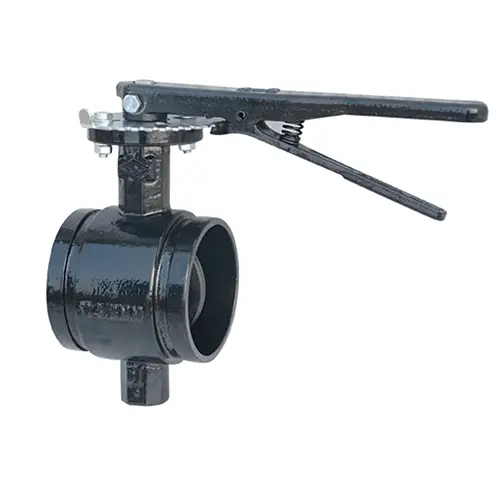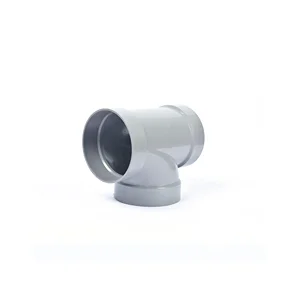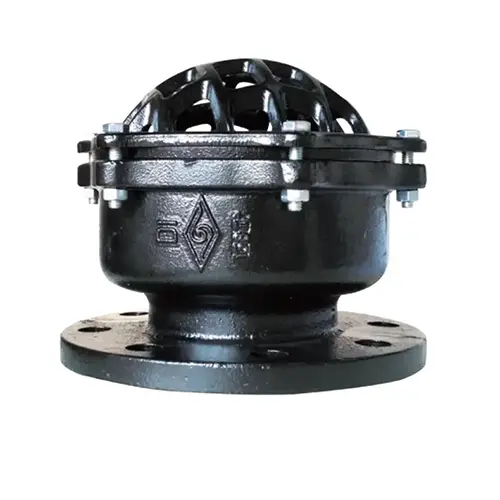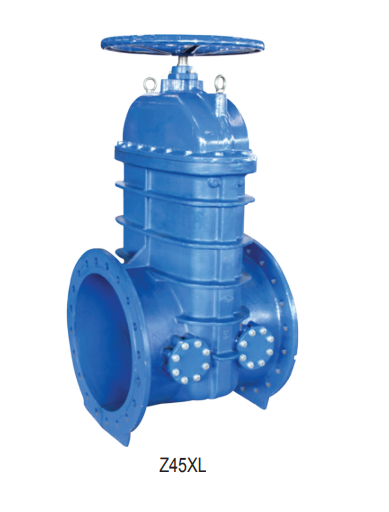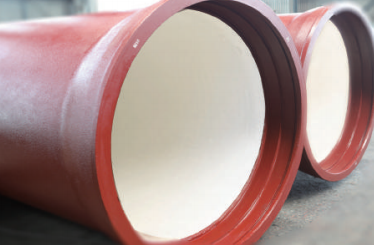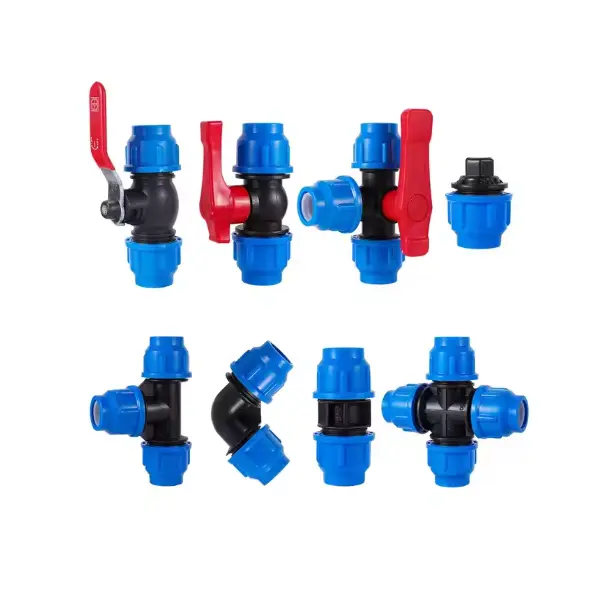Email Us
The manufacturing process of valves
At first glance, the valve has few parts, a simple structure and average precision. It is a simple component in the mechanical industry. However, the core sealing part of the valve has particularly high requirements. The manufacturing process of valves is complex and the technical difficulty is also high. What process characteristics should we pay attention to?
Characteristics of valve manufacturing process
1. Manufacturing materials
Due to the wide variety and specifications of valves, which are widely used in various fields of the national economy, their application scenarios vary greatly. For instance, in working conditions such as high temperature and high pressure, low temperature and deep cold, flammable and explosive, highly toxic, and strongly corrosive media, strict requirements are put forward for the materials of valves.
In addition to cast iron, carbon steel and alloy structural steel, CrNi stainless steel, CrMoAl nitrided steel, CrMoV heat-resistant steel, CrMnN acid-resistant steel, precipitation-hardening steel, duplex stainless steel, low-temperature steel, titanium alloy, Monel alloy, Inconel alloy, Hastelloy and G0CrW cemented carbide are also widely used. The casting, welding and processing properties of these high-alloy materials are very poor, which brings great difficulty to the manufacturing process. Moreover, most of these materials are precious ones with high alloys, high strength and high hardness. There are many difficulties in terms of material selection, preparation and procurement. Some materials are difficult to purchase and supply due to their small usage.
2. The structure of the casting blank
Most valve blanks are made of thin-shell castings with complex structures. They not only require good appearance quality but also dense internal quality and good metallographic structure. There should be no defects such as pores, shrinkage cavities, sand inclusions or cracks. Therefore, its casting process is complex and the heat treatment technology is highly challenging. In the mechanical industry, the casting difficulty of pressure-bearing thin-shell castings for valves is far more complex and challenging than that of castings for other mechanical components.
3. Mechanical processing technology
Due to the poor cutting performance of most high-strength, high-hardness and high-corrosion-resistant materials, such as high-alloy stainless steel and acid-resistant steel, which have disadvantages like high toughness, high strength, poor heat dissipation, high chip viscosity and strong work hardening tendency, it is difficult to achieve the required dimensional accuracy and surface finish, which brings certain difficulties to the tools, processes and equipment for machining. In addition, the requirements for the processing accuracy, fit Angle, surface finish and paired sealing pair of the valve sealing surface are also very high, which brings great difficulty to mechanical processing.
4. Process arrangement of valve parts
The main components of the valve are not numerous, and its structure is relatively simple. The processing accuracy of most dimensions is not high, and the exterior is rather rough. This gives people the impression that it belongs to simple machinery. In fact, the heart sealing part of the valve is extremely precise. The "three degrees" (flatness, smoothness, and hardness) requirements for its sealing surface are very high, and the fit degree of the sealing pair formed by the two sealing surfaces must reach zero to zero to meet the zero leakage requirement of the air tightness test. This kind of rough reference to ensure the precise zero-to-zero requirement of the heart part is the major technological difficulty in valve processing.
5. Testing and inspection of valves
Valves are important opening, closing and regulating components of pressure pipelines. However, the operating conditions of pressure pipelines vary greatly, including high temperature and high pressure, low temperature and deep cold, flammable and explosive, highly toxic and strongly corrosive. However, the testing and inspection conditions for valve manufacturing cannot meet the same requirements as the working conditions. Various international and domestic valve testing standards stipulate that tests should be conducted under conditions close to normal temperature, using gas or water as the medium. This poses a rather fundamental hidden danger: valve products that have passed normal factory tests may, under harsh actual working conditions, fail to meet usage requirements due to issues such as material selection, casting quality, and seal damage, and major quality accidents may also occur. No wonder some veteran pneumatic valve experts who have worked all their lives become more reserved and worried as they get older.
Valve manufacturing process
Step 1: Valve body manufacturing
Valve body (casting, sealing surface surfacing)
Casting procurement (in accordance with standards) → incoming inspection (in accordance with standards) → Surfacing tank → ultrasonic flaw detection (in accordance with drawings) → Surfacing and post-weld heat treatment → Finishing → grinding of sealing surfaces? Hardness inspection of sealing surfaces and dye penetrant testing.
Step 2: Manufacturing process of valve internals
A. Internal components that require surfacing sealing surfaces, such as valve discs and valve seats, etc
Raw material procurement (in accordance with standards) → incoming inspection (in accordance with standards) → Fabrication of blanks (round steel or forgings, in accordance with the process requirements of the drawings) → Rough machining of ultrasonic flaw detection surfaces (as required by the drawings) → Rough machining of surfacing grooves → Surfacing and post-weld heat treatment? "Precision processing of each part?" Grinding the sealing surface? Hardness inspection of sealing surfaces and dye penetrant testing.
B. Valve stem
Raw material procurement (in accordance with standards) → incoming inspection (in accordance with standards) → production of blanks (round steel or forgings, in accordance with the process requirements of the drawings)? Rough machining of the surfacing groove → Surfacing and post-weld heat treatment? Precision machining of all parts → Grinding of the outer circle → surface treatment of the valve stem (nitriding, quenching, chemical coating) → final treatment (polishing, grinding, etc.) → Grinding of the sealing surface → hardness inspection of the sealing surface and dye penetrant testing.
C. Internal components that do not require surfacing welding of sealing surfaces, etc
Raw material procurement (in accordance with standards) → incoming inspection (in accordance with standards) → Fabrication of blanks (round steel or forgings, in accordance with the process requirements of the drawings) → Rough machining of ultrasonic flaw detection surfaces (as required by the drawings) → Fine machining of all parts.
Step 3: Fastener manufacturing
Raw material procurement (in accordance with standards) → incoming inspection (in accordance with standards) → Fabrication of blanks (round steel or forgings, in accordance with the process requirements of the drawings) and sampling for necessary inspection → Rough machining → fine machining → spectral inspection.
Step 4: Final assembly
Collect parts → Clean and wash → Rough assembly (according to the drawing) → Hydrostatic test (according to the drawing and process) → After passing, disassemble and clean → Final assembly → Debug with the electrical assembly or actuator (for electric valves) → Paint and package → shipment.
Step 5: Product production and inspection process
1. Various specifications of raw materials purchased by the company.
2. Use a spectrometer to conduct material tests on raw materials and print out the material test report of the raw materials for backup.
3. Use the blanking machine to cut the raw materials.
4. Inspectors examine the cutting diameter and length of raw materials.
5. The forging workshop conducts forging and forming treatment on raw materials.
6. Inspectors conduct various size inspections on the formed blanks.
7. Workers are cutting off the waste edges of the blanks.
8. The sandblasting workers carry out surface sandblasting treatment on the blank.
9. The inspectors conduct surface treatment inspections after sandblasting.
10. Workers are engaged in the machining of blanks.
11. Valve body sealing thread processing - Employees conduct self-inspection during processing, and inspection personnel inspect the product after processing.
12. Processing of valve body connection threads.
13. Middle hole processing.
14. The inspectors conduct the final inspection.
Qualified semi-finished products are sent to the semi-finished product warehouse.
16. The semi-finished products undergo electroplating.
17. Inspection of electroplating surface treatment of semi-finished products.
18. Inspection of various accessories (balls, valve stems, sealing seats).
19. The final assembly workshop conducts product assembly - the inspection personnel on the assembly line inspect the products.
20. After assembly, the products undergo pressure testing and drying before proceeding to the next process.
21. The final assembly workshop conducts product packaging - the packaging line inspection personnel inspect the sealing performance, appearance and torque of the products. Substandard products are never allowed to be packaged.
22. Qualified products are bagged and sent to the finished product warehouse.
23. All inspection records will be classified and stored in the computer for easy reference at any time.
24. Qualified products are sent both domestically and internationally by container
- Why Is Ductile Iron Pipe Still the Safe Choice for Long-Life Water Networks?
- Which Pipeline Installation Machines and Tools Help Me Deliver Faster, Safer, and More Profitable Projects?
- Key points for quality inspection of ductile iron pipes
- Why do Carbon Steel Pipes keep winning tough industrial projects?
- What are the connection methods for ductile iron pipes?
- The Origin of the Butterfly Valve's Name
About Us
Contact Us
No. 112, Jiefang Road, Lixia District, Jinan City, Shandong Province, China
Copyright © 2025 Shandong Epoch Equipment Co., Ltd. All Rights Reserved.


